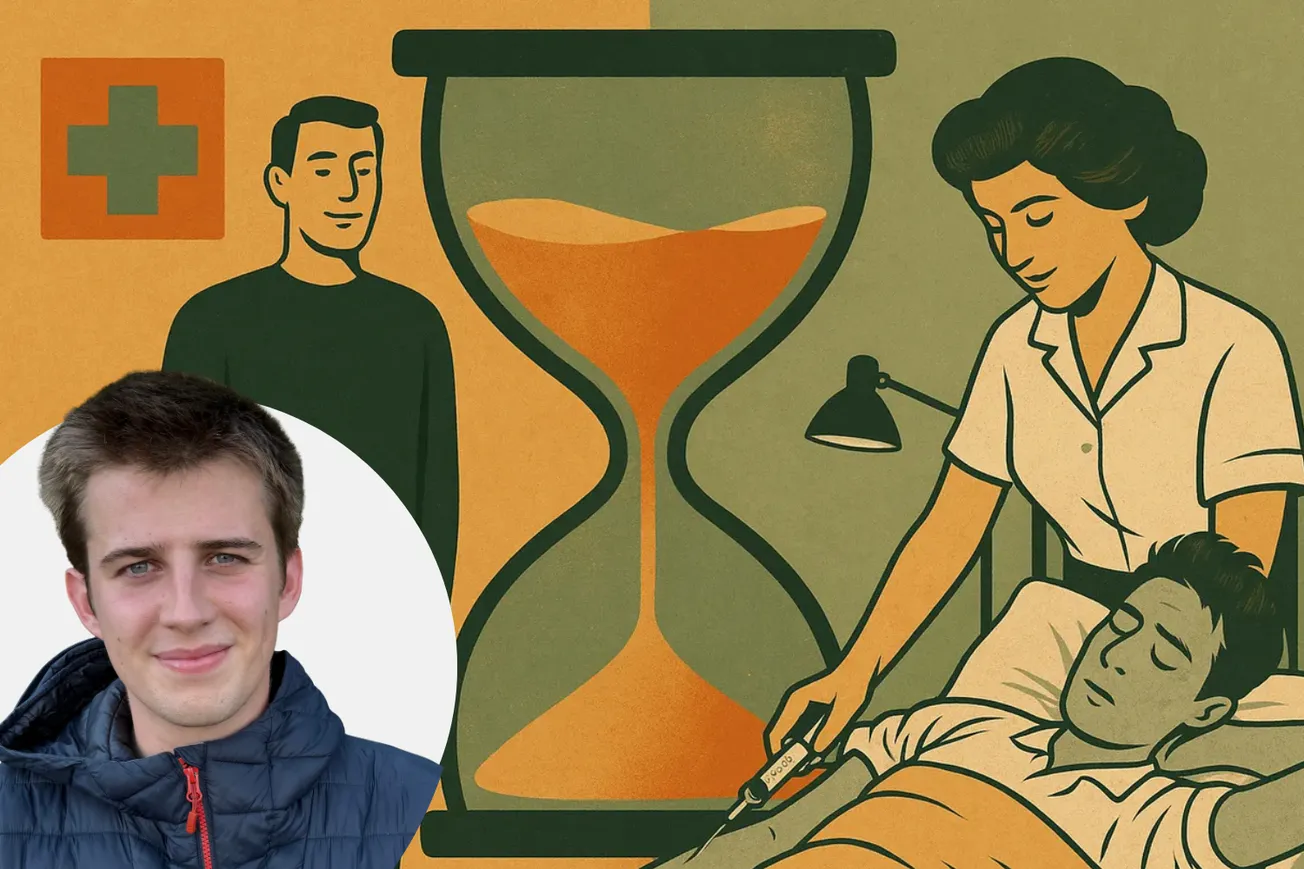Table of Contents
A Word Worn Thin
Talking about sustainability can feel like endlessly beating a piñata - frustratingly repetitive, yet necessary to eventually break through to the sweet stuff.
From political campaigns to school projects, the buzzword "sustainability" is thrown around constantly. Industries everywhere are making it a prime focus - yet healthcare often seems mysteriously exempt from the conversation.
Despite its resilience during crises like pandemics, the healthcare sector’s waste management issues fly under the radar - and it's about time we put this forgotten giant in the spotlight.
Surgery Day - the Disposable Way
Last year, I trailed after a general surgeon and a surgical oncologist for six weeks, experiencing Medicine far beyond the realms of textbooks and lecture notes. I watched patients cycle from distress to relief, with significant surgical procedures bridging their journey.
Take the pre-surgery consultation, for example. The surgeon often discarded unused gloves. Disposable sheets were crumpled and thrown away after mere moments. Patients traveled multiple times to external diagnostic centers for tests easily handled on-site - clearly wasteful, yet oddly unquestioned.
When surgery day finally arrives, the patient’s stress reaches new heights. Last-minute blood tests and reviews multiply paperwork unnecessarily. The surgeon, as charismatic and reassuring as ever, reviews patient details both digitally and in hefty printed files. Consent forms add more paper to the pile.
Inside the operating theatre, disposable gowns, drapes, and packaging cover every surface. These single-use items alone account for about 33% of hospital waste, not counting the elaborate water wastage during scrubbing or unused stitches tossed aside. Multiply these seemingly small inefficiencies by countless daily procedures, and the problem grows exponentially.
Healthcare generates hazardous waste too - about 15% of all hospital waste is hazardous, with each bed producing roughly 0.35 kg daily. Worldwide, this affects millions of people annually. With an astonishing 16 billion injections administered each year, needles alone make for a daunting environmental challenge.
Medical school itself ingrains these wasteful habits early. Practicing procedures often relies heavily on disposable items, embedding a cycle of unsustainable behavior from the start of our medical journeys.
Rewriting the Script on Medical Waste
Since COVID-19, medical waste has metastasized alarmingly, showcasing healthcare’s preference for efficiency over environmental care. Understandably, outdated hospitals prioritize patient safety above sustainability. Yet new hospitals, like Orlando’s UCF Lake Hospital - saving 700,000 gallons of water each year - show that progress is indeed possible.
Manufacturers, too, are stepping up through initiatives like WHO’s "Greener Pharmaceuticals," involving collaboration between academic institutions, tech firms, and pharma companies to improve efficiency. Smaller yet impactful actions, such as swapping disposable paper sheets for reusable digital devices like iPads, also have the potential to create meaningful change at the same time as ensuring more hospital data gets digitised.
A Future on the Right Side of the Table
Highlighting healthcare’s sustainability gap feels like plugging a gaping manhole: daunting yet critical. Globally there has been so much progress in sustainability - healthcare must now take the mantle and catch up.
A decade from now, when I stand on the other side of the operating table, I hope to see a transformed healthcare system - one that prioritizes sustainability as well as patient care.

Written by Shaurya Parekh, second year medical student, University of Buckingham.






